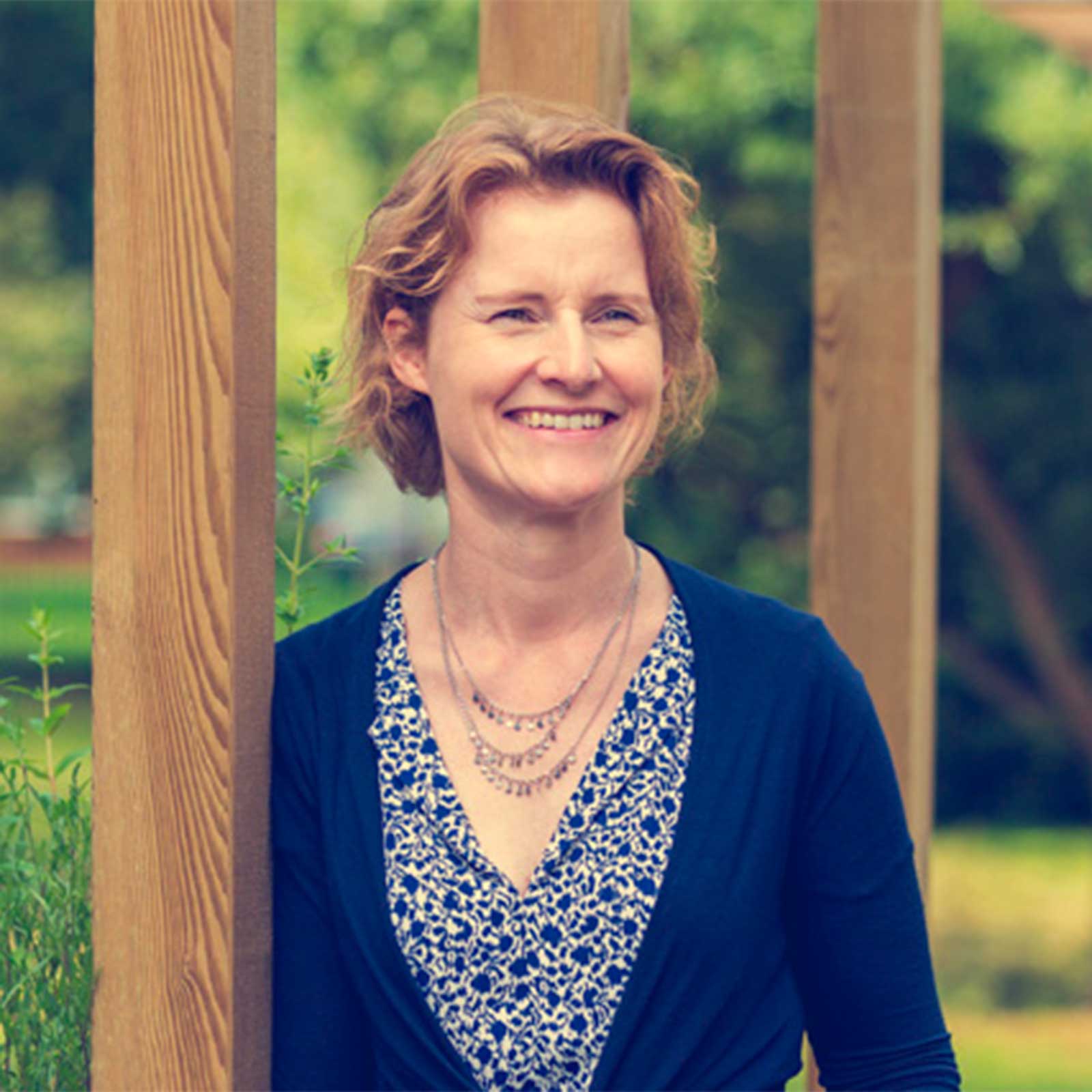
Last night I submitted a story to fiftywordstories.com. A platform that only accepts stories comprised of 50 words, no more, no less.
You may think this rule restricted my imagination. But you’d be wrong. I was on fire and crafted a story in record time.
This is because creativity thrives on constraint.
But how can you use this insight in your own leadership?
Side note: I realised I kept restarting this blog, so I’ve set a 15-minute timer – this is one way to use a constraint!
Another way is to work with your senior team to define your business priorities using even/over statements:
One good thing Even Over another good thing
This will force you to consider the trade-offs. For example:
- Local clients even over global clients
- Employees’ happiness even over customers’ happiness
- Speed even over perfection
Here is one for my business:
Finish on-time Friday even over Winning more clients
Until I addressed this trade off, I’d often be found writing content or posting on LinkedIn at 6pm on a Friday. Now you’ll find me nagging my daughter about piano practice or improving on my (somewhat dire) keepy uppy skills.
Understanding your trade-offs will help you and the team prioritise the right things most of the time – and you’ll ensure you’re getting the results you want.
Another side note: my 15 minute timer went off 5 minutes ago but it got me started and now I’m nearly finished.
If you want details for how to run this even/over statements exercise with your team, reply to me here.
And if you ask nicely, I’ll even include my 50-word story!
